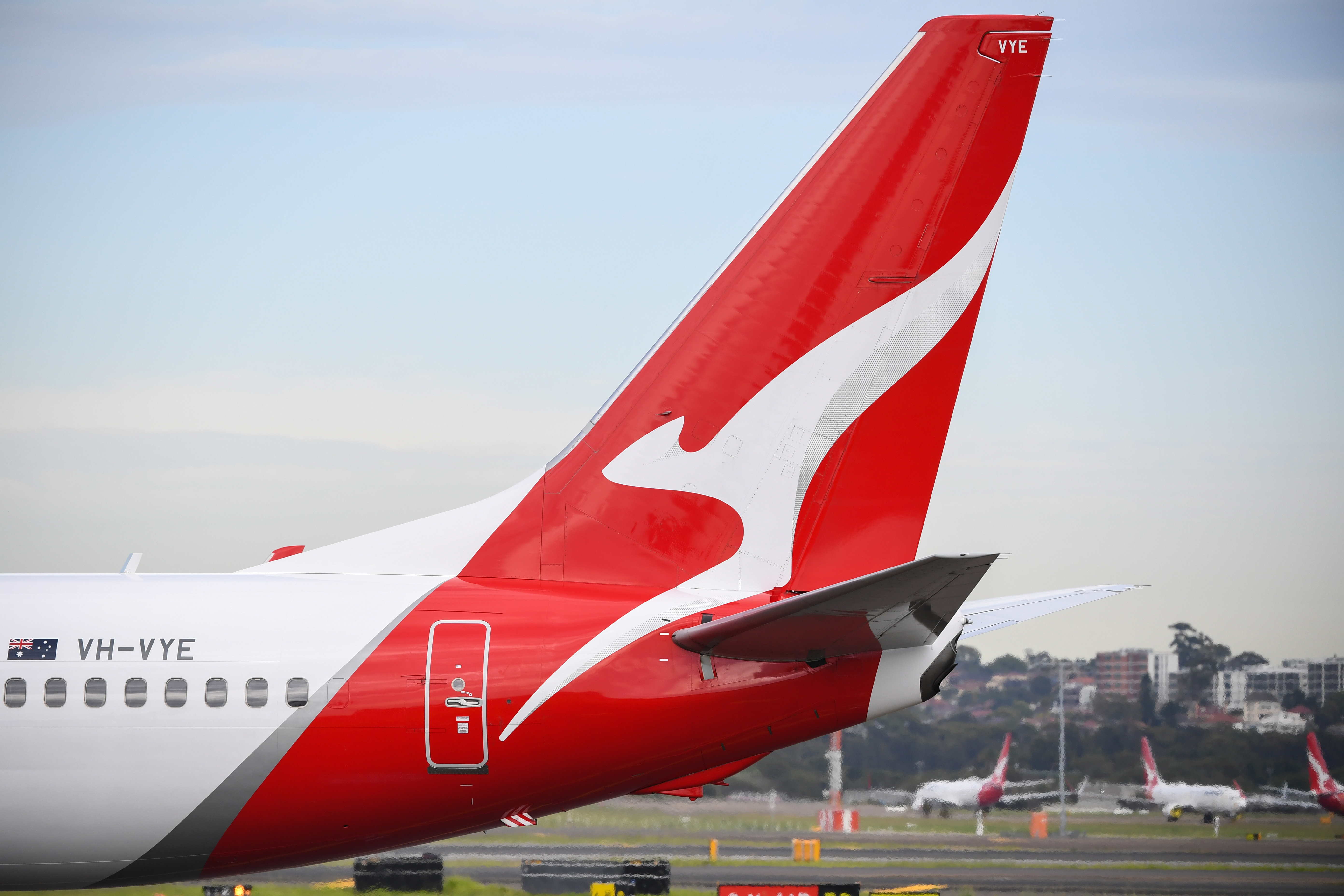A Qantas plane flew nearly 300 hours with a loose tool inside one of its engines, an investigation has found.
The Airbus A380-842 operated multiple flights totalling 294 hours with the tool stuck in the outboard left engine after it was left there following scheduled maintenance in Los Angeles on December 6, 2023.
The Australian Transport Safety Bureau (ATSB) reports the 1.25m-long nylon tool was found wedged against the low-pressure outlet guide vanes (components of the turbine) on January 1 this year.
READ MORE: Expert offers solution to ‘spy whale’ mystery
Before the tool was located during the scheduled maintenance in LA, ATSB said the Qantas plane had flown 34 times in the 26 days it was loose in the engine.
It was not located by workers during the usual foreign object inspection at the end of the three-day maintenance period in December.
It remained there during 34 flights, including passenger flights between LAX airport and Melbourne.
The tool was found to have been deformed but there was no damage to the engine.
“The ATSB investigation found that maintenance engineers did not notice the tool had been left in the engine’s low-pressure compressor case when conducting checks for foreign objects at the completion of the borescope inspection task,” ATSB Chief Commissioner Angus Mitchell said.
“Further, maintenance engineers did not commence the lost tool procedure once the tool had been identified as missing, and the certifying engineer released the aircraft for service with the tool unaccounted for.”
READ MORE: ‘Forever chemicals’ are killing Australia’s freshwater turtles, groundbreaking research finds
READ MORE: Flights resume between Australia and Bali after volcanic ash chaos
The ATSB said Qantas engineering staff were briefed on the importance of ensuring all tools are returned and accounted for after maintenance periods.
The airline also completed an internal investigation which resulted in fresh requirements regarding tool control.
Mitchell said foreign debris inside engines can pose a major safety risk to flights.
“Which is why regulations, procedures and training are in place to limit the risk of foreign object damage, especially from introduced objects during maintenance,” he added.
“Correctly applying tool control is fundamental to mitigating against any human errors that may arise.”


